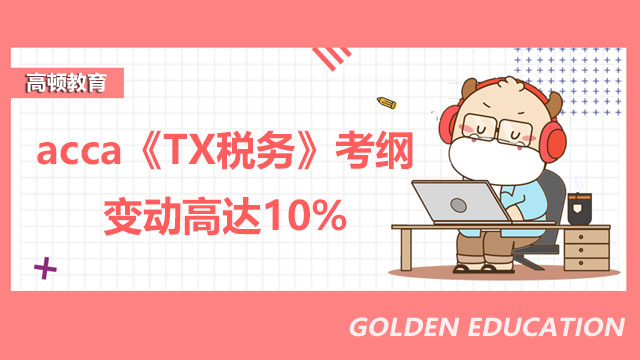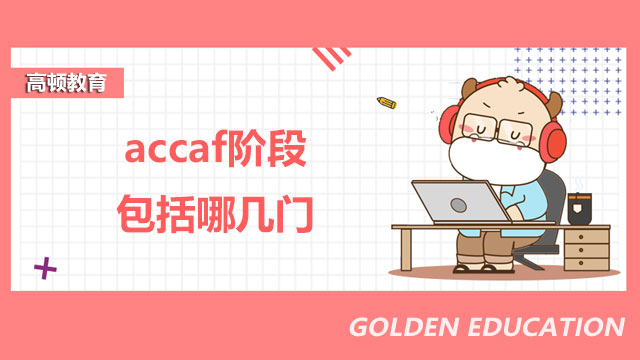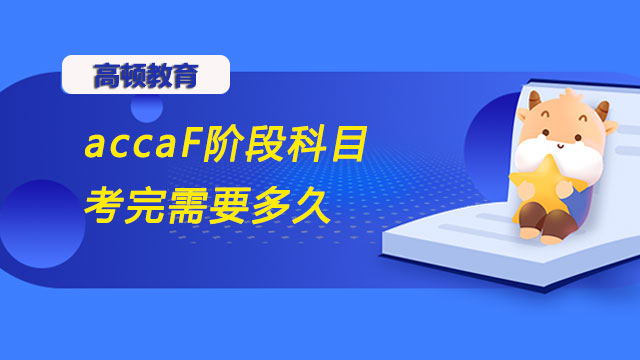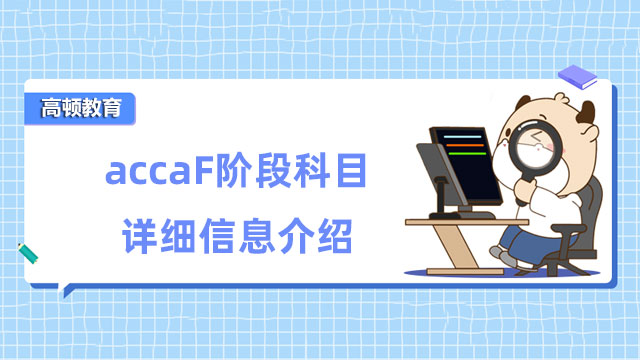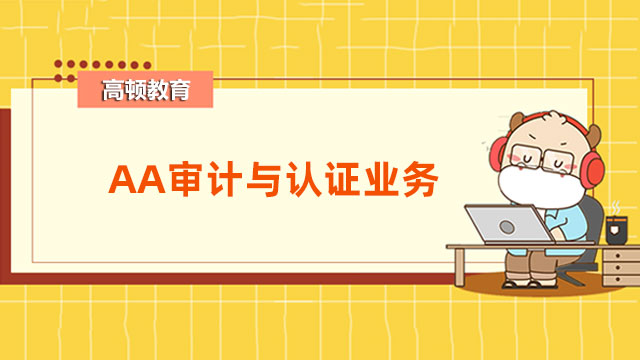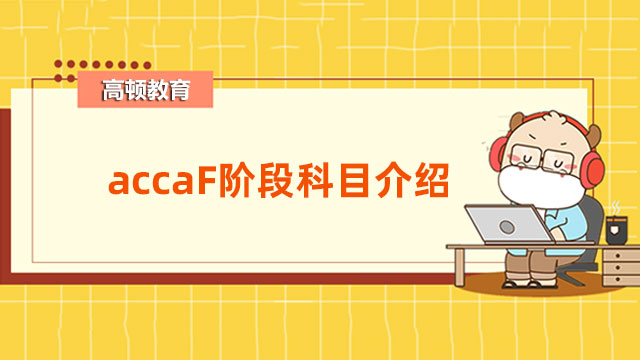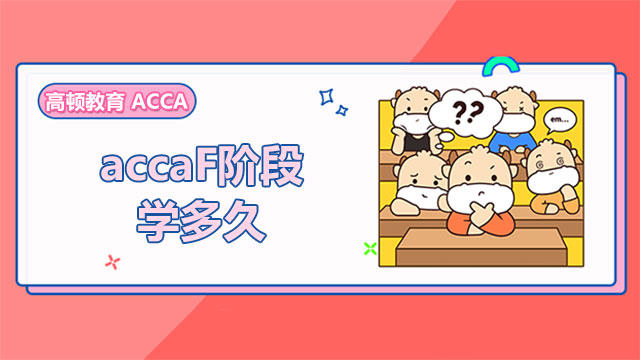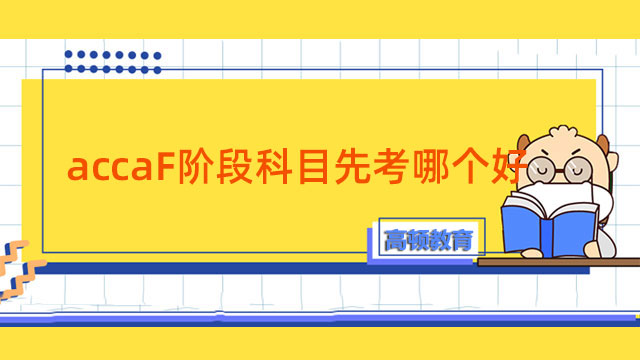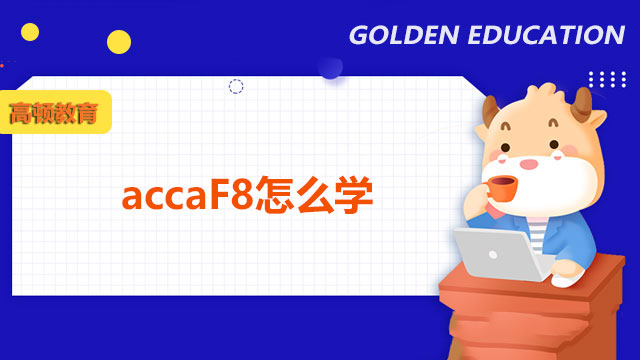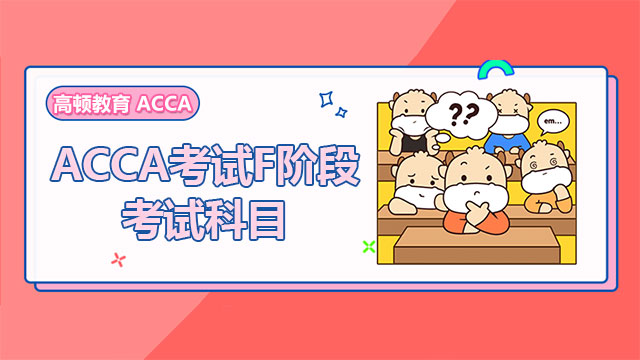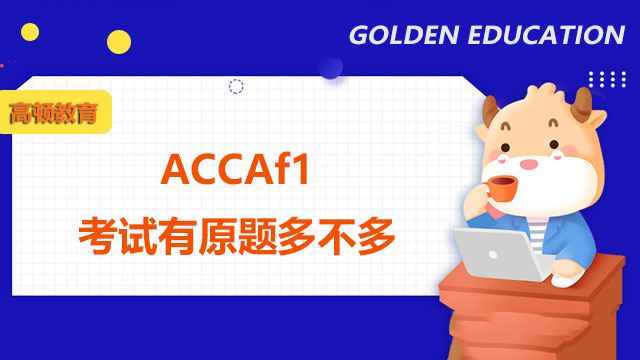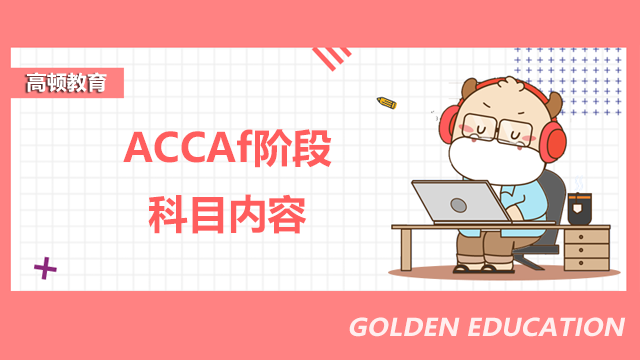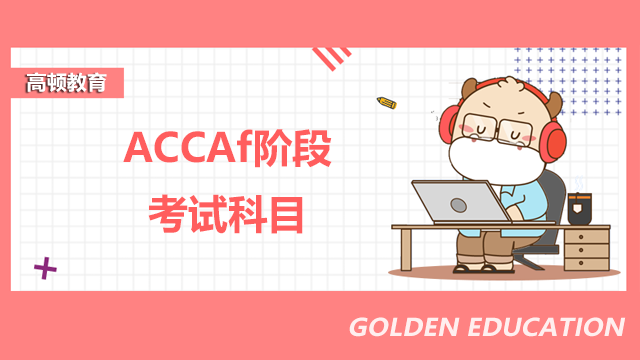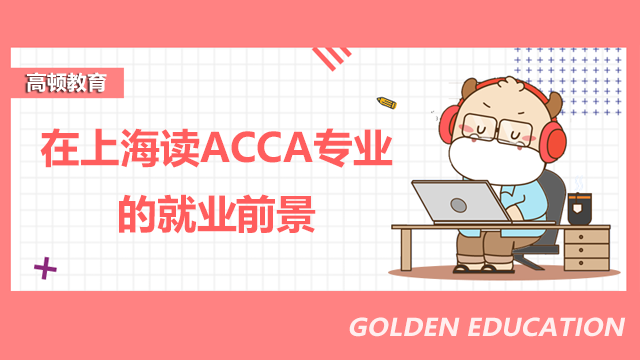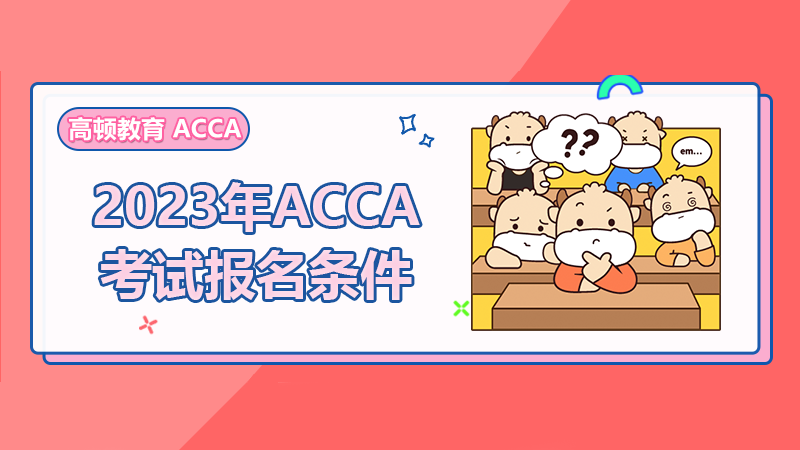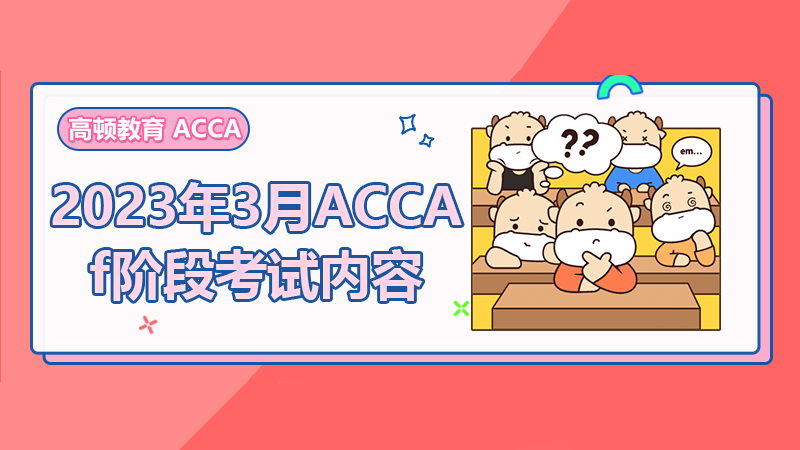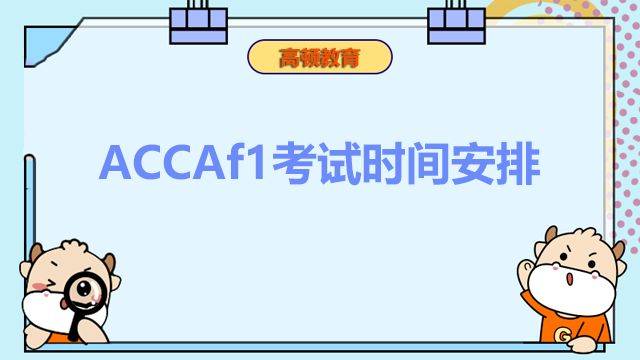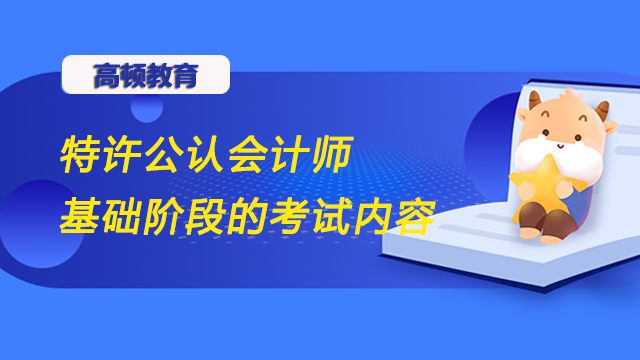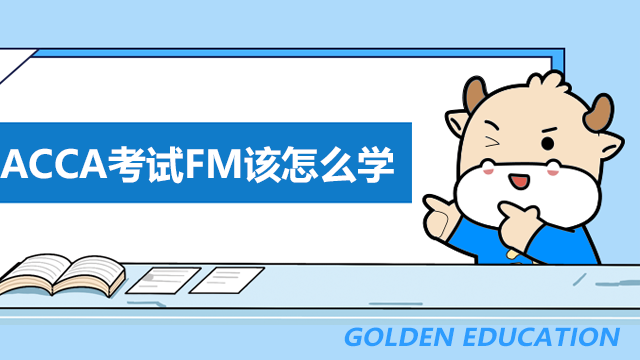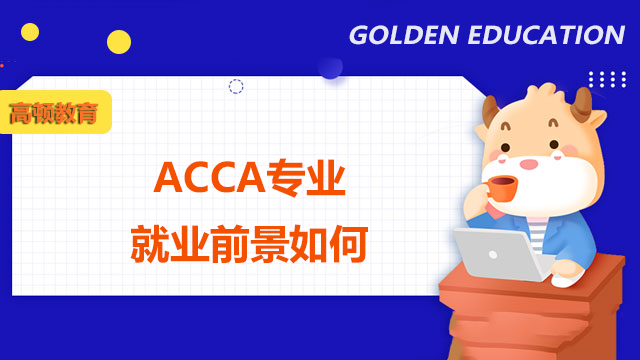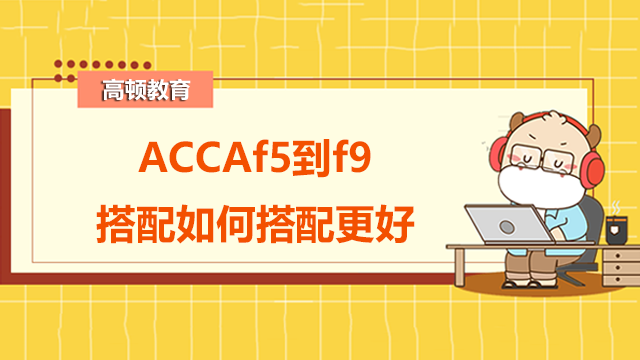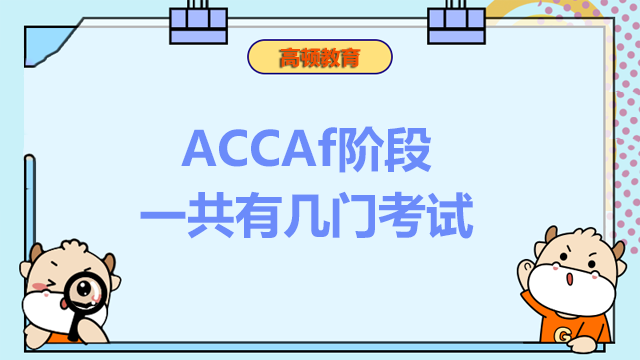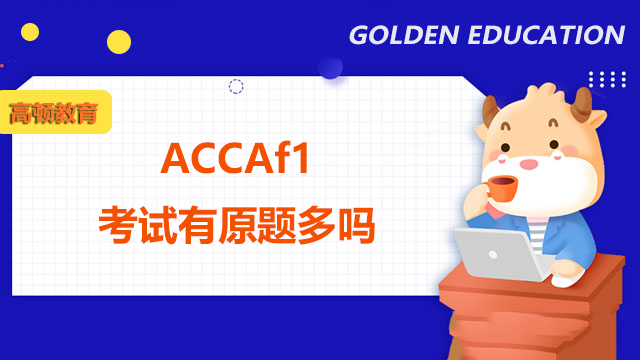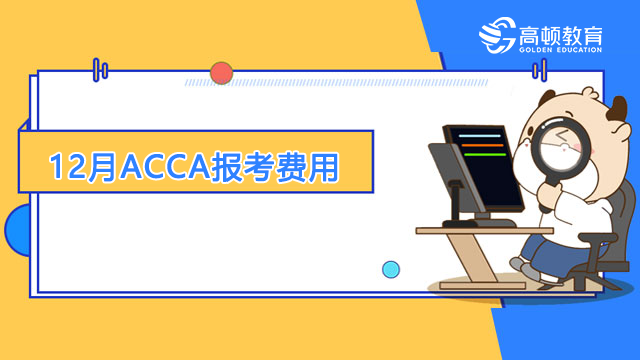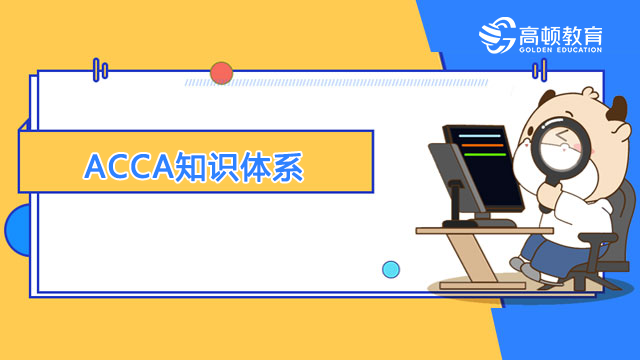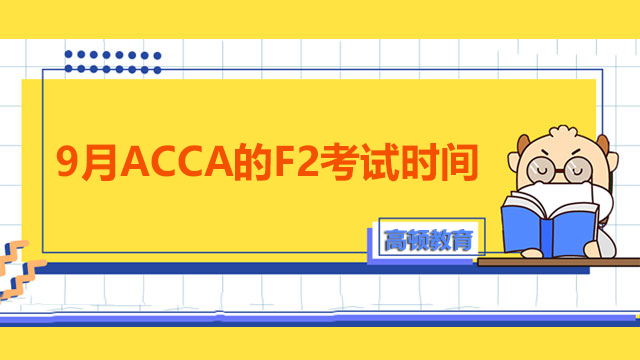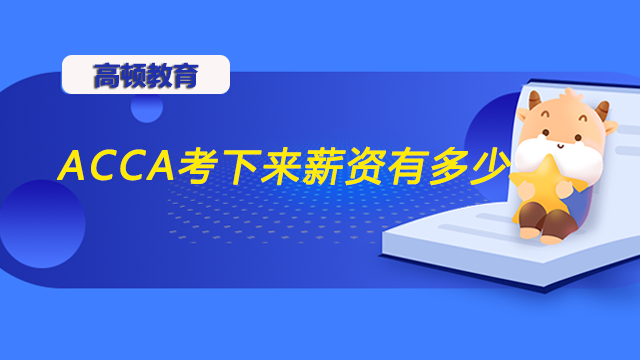ACCA《F4公司法与商法》精选讲义*9章(3)
来源:
高顿网校
2015-03-25
Session 3 Types of cost and cost behavior
Main contents:
1. Classifying costs
2. Cost objects, cost and cost centers
3. Analysis of costs into fixed and variable elements
3.1 Classifying costs
Costs can be classified in a number of different ways:
· Element – costs are classified as materials, labor or expenses (overheads)
· Nature – costs are classified as being direct or indirect.
a. Direct cost is expenditure that can be directly identified with a specific cost unit or cost center.
(1)。 Direct material is all material becoming part of the product unless used in negligible amount and/or having negligible cost. (component parts, part finished work and primary packing material)
(2)。 Direct wages – are wages paid for labor either as basic hours or as overtime expensed on the product line.
(3)。 Direct expense are any expense which are incurred on a specified product other than direct material and direct labor.
b. Indirect costs/ overheads; are expenditure that can not be directly identified with a specific unit or cost center and must be ‘shared out’ on an equitable basis.
· Behavior –costs are classified as being fixed, variable, semi-variable or stepped fixed.
a. Fixed costs: are costs that are not affected in total by the level of activity, but remain the same.
b. Variable costs: are the costs that change in total in direct proportion to the level of activity.
c. Semi-variable/semi-fixed/mixed costs: are costs which contain both fixed and variable components and so it partly affected by changes in the level of activity.
d. Step costs: are fixed in nature but only within certain level of activity.
· Function: costs are classified as being production or non-production costs.
e. Production costs: are costs included in a stock valuation. The product cost is the cost of making or buying.
f. Period costs (general cost): are costs that are not attributed to product costs, but instead are treated as a cost of the time period when they arise.
· Other cost classification:
Avoidable cost: cost which can be eliminated by changing operations
Unavoidable cost: cost which will not be changed by decision making.
Controllable cost: those cost controllable by a particular manager in a given period.
Uncontrollable cost: any cost that can not be affected by management within a given period.
COST MODEL: $
Direct material: 2
Direct labor 3
Direct expense 1 Direct cost 6
Production overhead (Note) 1
Total production cost 7
Administration Overhead 1
Selling and distribution Overhead 1 Total cost 9
Note: Production overhead includes indirect material, indirect labor and indirect expense.
3.2 Analyzing costs:
Cost objects: a cost object is any activity for which a separate measurement of cost is undertaken.
Cost units: a cost unit is a unit of product or service in relation to which costs are ascertained
Responsibility centers: a department whose performance is the direct responsibility of a specific manager.
The main responsibility centers are:
· Cost center – the performance of a cost center manager is judged on the extent to which cost targets have been achieved.
· Revenue center – Within an organization, this is a centre or activity that earns sales revenue. And whose manager is responsible for the revenue earned but not for the costs incurred.
· Profit center – a part of the business whose manager is responsible and accountable for both costs and revenue. The performance of a profit center manager is measured in terms of the profit made by the centre.
· Investment centre – a profit centre with additional responsibility for investment and possibly also for financing, and whose performance is measured by its return on capital employed.
(ROCE)。
Cost equations:
Equation of a straight line
The equation of a straight line is a linear function and is represented by the following equation:
Y = a + bx
Total cost = Total FC + Total VC
Y= a + bx
· Y = total cost
· a = the fixed cost for the given period
· b = the variable cost per unit
· x = the number of units of activity
Cost graphs
Cost and revenue $
高顿网校温馨提示: 通过ACCA考试实属不易,首先要有执着的精神,其次是不断勤奋的学习,高顿网校为大家提供ACCA题库免费做题,希望助大家一臂之力,查看详情》
| ACCA网络课程 | 课程专业名称 | 讲师 | 试听 |
 85%的人正在学习该课程 85%的人正在学习该课程 | ACCA 全维度网课体验课程 实景课堂与独立录制 覆盖所有知识点,根据学习计划推进学习进度 | 高顿名师 |  |
 70%的人正在学习该课程 70%的人正在学习该课程 | ACCA网课全科卡(8.2折) 为零基础刚开始学习ACCA的学员特别定制 | 高顿名师 |  |
精彩推荐:
版权声明:本条内容自发布之日起,有效期为一个月。凡本网站注明“来源高顿教育”或“来源高顿网校”或“来源高顿”的所有作品,均为本网站合法拥有版权的作品,未经本网站授权,任何媒体、网站、个人不得转载、链接、转帖或以其他方式使用。
经本网站合法授权的,应在授权范围内使用,且使用时必须注明“来源高顿教育”或“来源高顿网校”或“来源高顿”,并不得对作品中出现的“高顿”字样进行删减、替换等。违反上述声明者,本网站将依法追究其法律责任。
本网站的部分资料转载自互联网,均尽力标明作者和出处。本网站转载的目的在于传递更多信息,并不意味着赞同其观点或证实其描述,本网站不对其真实性负责。
如您认为本网站刊载作品涉及版权等问题,请与本网站联系(邮箱fawu@gaodun.com,电话:021-31587497),本网站核实确认后会尽快予以处理。
点一下领资料
【整理版】ACCA各科目历年真题
真题高频考点,刷题全靠这份资料
下载合集
acca全科学习思维导图
梳理核心考点,一图看懂全部章节
下载合集
2023年acca考纲解析
覆盖科目重难点,备考按照计划走
下载合集
acca备考 热门问题解答
- acca考试怎么搭配科目?
-
建议优先选择相关联的科目进行搭配报考,这样可以提高备考效率,减轻备考压力,1、F1-F4:为随时机考科目,难度较低,这里可以自行随意选择考试顺序。2、F5-F9:如果你的工作的和财务会计或者审计有关、或者你比较擅长财务和审计的话,推荐先考F7和F8。你可以选择一起考ACCA考试科目F7和F8或者先考F7(8)再考F8(7),这就要取决你一次想考几门。3、P阶段:选修科目中,建议企业首选AFM!第二部分科目进行选择,如果AA和SBR掌握学生更好,可以通过选择AAA,如果SBL掌握的好,可以自己选择APM。
- acca一共几门几年考完?
-
acca一共有15门考试科目,其中有必修科目和选修科目,考生需要考完13门科目才能拿下证书。
- acca一年考几次?
-
acca一年有4次考试,分别是3月、6月、9月和12月,分季机考科目是采取的这类四个考季的模式,而随时机考则是没有这方面的时间规定限制,可以随报随考。
- acca的含金量如何?
-
ACCA证书的含金量是比较高的,从就业、能力提升、全球认可等角度来说,都是比较有优势的证书,其含金量主要表现在以下几个方面:1、国际化,认可度高;2、岗位多,就业前景好;3、缺口大,人才激励。
严选名师 全流程服务
其他人还搜了
热门推荐
-
acca《TX税务》2023-2024考纲变动高达10%,考生请注意! 2023-04-25
-
accaf阶段包括哪几门?这些重点你要注意! 2023-03-30
-
accaF阶段科目考完需要多久?难度大吗? 2023-03-28
-
accaF阶段科目详细信息介绍,这篇介绍全了! 2023-03-23
-
acca《AA审计与认证业务》详细介绍,一文完全了解! 2023-03-17
-
accaF阶段科目介绍,全科难度排序来了! 2023-03-15
-
accaF阶段学多久?学姐经验分享! 2023-03-10
-
accaF阶段科目先考哪个好?报考要注意什么? 2023-02-15
-
accaF8怎么学?备考经验总结! 2023-01-18
-
ACCA考试F阶段考试科目 2022-11-01
-
ACCAf1考试有原题多不多?如何查看考试成绩? 2022-10-19
-
ACCAf阶段的科目内容分别是什么?考试形式是什么? 2022-10-11
-
ACCAf阶段考试科目有哪些?学科内容都是什么? 2022-10-11
-
在上海读ACCA专业的就业前景如何?报名条件是什么? 2022-10-09
-
在上海读ACCA专业的就业前景如何?报名条件是什么? 2022-10-09
-
在上海读ACCA专业的就业前景如何?报名条件是什么? 2022-10-09
-
2023年ACCA考试报名条件是什么?考试报名流程是什么? 2022-09-26
-
2023年3月份考试ACCAf阶段的考试内容是什么?附答题技巧 2022-09-26
-
ACCAf1考试时间是怎么安排的?看完这篇你就知道了 2022-09-13
-
特许公认会计师基础阶段的考试内容是什么?考察什么内容? 2022-09-08
-
ACCA考试FM该怎么学?这份攻略请收好! 2022-09-08
-
ACCA专业的就业前景如何?报名条件是什么? 2022-08-26
-
ACCAf5到f9搭配如何搭配更好?附备考建议! 2022-08-26
-
ACCA要通过多少门才有用?如何申请会员证书? 2022-08-18
-
ACCAf1考试有原题多吗?如何查看考试分数? 2022-08-17
-
12月ACCA报考费用多少钱?报名截止日期什么时候? 2022-08-15
-
ACCA知识体系是什么?附备考攻略! 2022-08-15
-
9月ACCA前四科考试时间是什么时候?附考试攻略! 2022-08-15
-
9月ACCA的F2考试时间是什么时候?什么时候出成绩? 2022-08-12
-
ACCA考下来薪资有多少?考了ACCA有什么好处? 2022-08-08
 更多服务
更多服务







